The art of sneaking vegetables into picky eaters' meals has reached new heights with the emergence of carrot-infused meat patties. This culinary innovation isn't just about hiding nutrients - it's about achieving that perfect harmony between flavor and nutrition that makes both parents and children happy. Across kitchens worldwide, home cooks and professional chefs alike are experimenting with the golden ratio of carrot puree to ground meat, creating juicy patties with hidden health benefits.
What makes carrot an ideal candidate for meat blends goes beyond its nutritional profile. When cooked and pureed properly, carrots develop a natural sweetness that complements the savory depth of meats like beef, pork, or chicken. The vegetable's fibrous texture disappears into the meat matrix during cooking, while its bright orange hue subtly enhances the patty's appetizing appearance. Unlike some other vegetables that might release too much water or create odd textures, carrots maintain their integrity during the cooking process, making them the perfect stealth vegetable.
The science behind the perfect carrot-meat patty lies in moisture control. Carrots contain about 88% water, which gets released during cooking. Skilled cooks have discovered that 20-25% carrot puree by weight creates the ideal balance - enough to boost nutritional value without making the patties soggy or compromising their structural integrity. This percentage allows the meat's proteins to properly bind while the carrot's natural sugars promote beautiful caramelization during cooking. The result? A patty that's moist, flavorful, and packed with beta-carotene.
Preparation methods vary, but most successful recipes follow similar principles. Steaming the carrots before pureeing helps concentrate their sweetness while eliminating any bitter edge. The puree should be smooth but not watery - excess moisture can be removed by straining or gently pressing through cheesecloth. When mixing with meat, it's crucial to handle the mixture gently to avoid developing tough textures. Some cooks swear by chilling the mixture before forming patties to help everything bind together properly.
Beyond the basic carrot-meat combination, creative cooks are experimenting with flavor enhancements. A touch of warming spices like cumin or coriander can bridge the vegetable and meat flavors beautifully. Fresh herbs like parsley or thyme add brightness that cuts through the richness. For an umami boost, many recipes incorporate a small amount of grated Parmesan or mushroom powder. These additions transform the simple carrot-meat patty into a sophisticated dish that appeals to all ages.
The health benefits of this culinary trick are substantial. A single medium carrot provides more than double the daily recommended intake of vitamin A in the form of beta-carotene. When consumed with the fats naturally present in meat, this nutrient becomes even more bioavailable. The fiber content from carrots aids digestion, while the meat provides high-quality protein and iron. It's a nutritional synergy that makes these patties far more than just comfort food.
Practical applications extend far beyond simple burgers. The carrot-meat mixture works beautifully in meatballs, stuffed peppers, or as a filling for dumplings and pies. Some parents report success using the blend in homemade chicken nuggets or even meatloaf. The versatility of this technique means families can enjoy the benefits across multiple meals without falling into recipe ruts. Freezing portions of the mixture makes for quick weeknight dinners that don't sacrifice nutrition for convenience.
As awareness grows about the importance of vegetable consumption, techniques like the carrot-meat blend represent a smart compromise between nutrition and pleasure. They prove that healthy eating doesn't require drastic changes or unpleasant sacrifices - sometimes, the most effective solutions come from clever tweaks to familiar favorites. The golden ratio of carrot to meat might just be one of the most delicious secrets in modern home cooking.

By /Jul 31, 2025
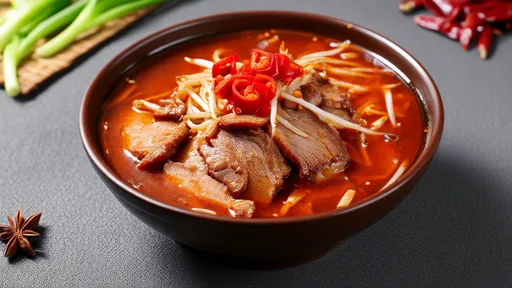
By /Jul 31, 2025
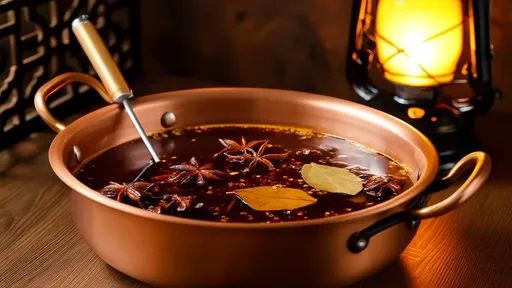
By /Jul 31, 2025

By /Jul 31, 2025
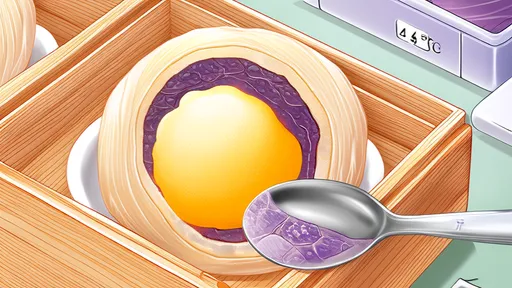
By /Jul 31, 2025

By /Jul 31, 2025
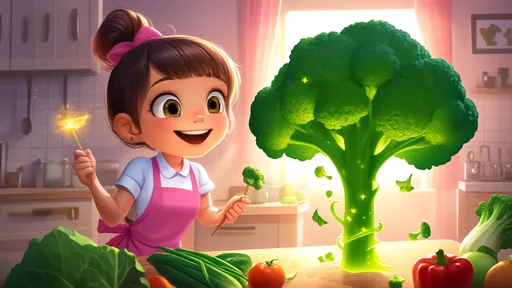
By /Jul 31, 2025
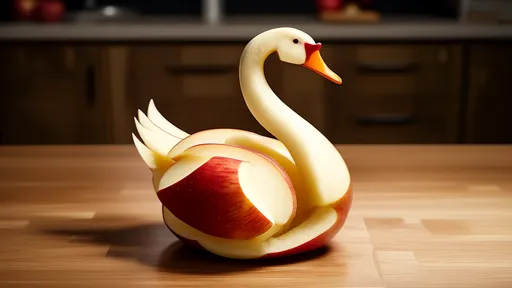
By /Jul 31, 2025

By /Jul 31, 2025

By /Jul 31, 2025

By /Jul 31, 2025
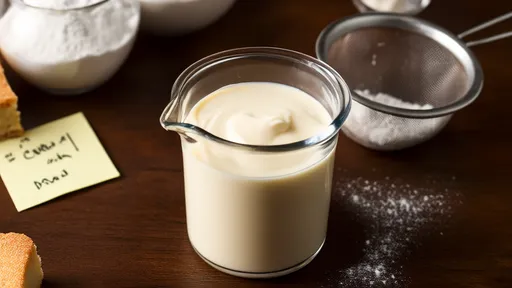
By /Jul 31, 2025
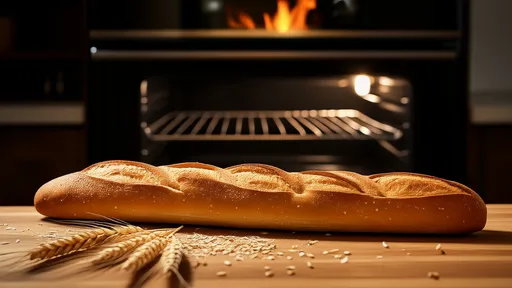
By /Jul 31, 2025

By /Jul 31, 2025
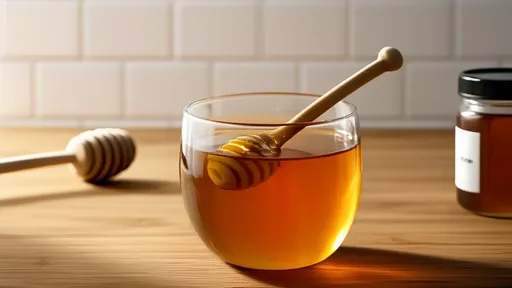
By /Jul 31, 2025
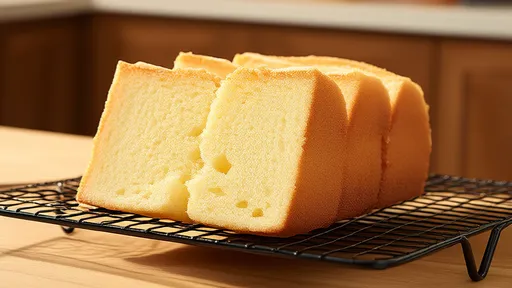
By /Jul 31, 2025

By /Jul 31, 2025
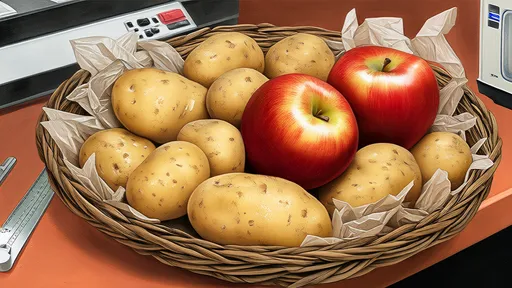
By /Jul 31, 2025
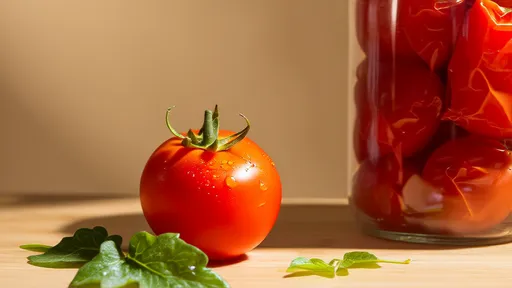
By /Jul 31, 2025
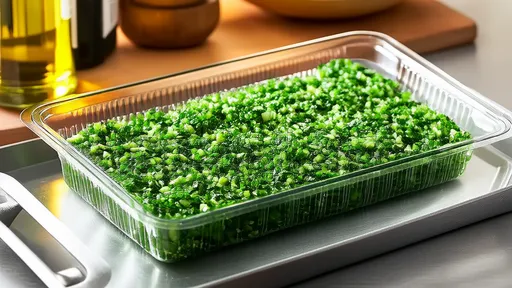
By /Jul 31, 2025